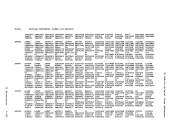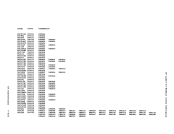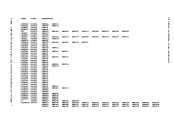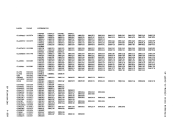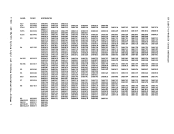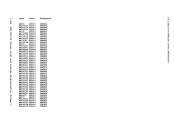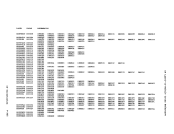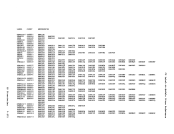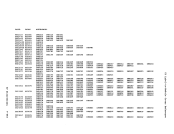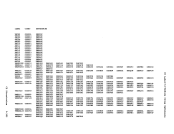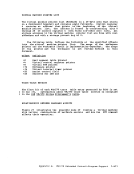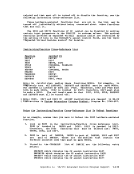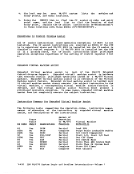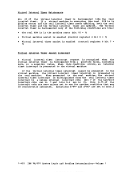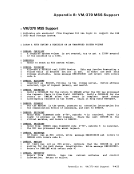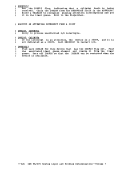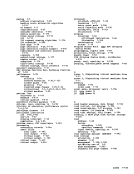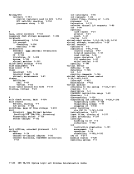Figure 20 shows the possible user-state changes and the reasons for thea; any changes not described are not possible.
rStatus Change I I I I Froa To Reason for status Change I -------------------------------------------------------------------1
1
1
1
1
1
2
2
34 4 5
5
5
5
5
6
7
8
24 5
1
8
1
5,1
1
1
3
14 6
1
8
5
5
5,1
Pagewait,SIO-WAIT, or enabled wait for any busy channel
Enabledwait for interactive terminal read or write
Exceeds in-queuetime slice Salle as 1 to 5 except that queue2 is full Wait without active I/O, disabled WAIT or hit ATTN Wait condition cOllplete Wait coapletes, but in-queue time slice exceeded
Another user dropsfroll queue1 and now there is room Ter.inal I/O completes While user is waiting
TerminalI/O completes, but queue1 is full
TerainalI/O completes while user is active in queue2 User puts up terainal read or write and enters wait Pagewait, SIO-WAIT, or enabled wait for busy channel
Dropped from queue2 due to in-queue tiae-slice endWait without active I/O, disabled WAIT, or hit ATTW Wait condition coapletes
Rooa is found in queue2
AsynchronousI/O or external interruption or BEGIN
Figure20. User Status Changes
To control the nuaber of virtualaachines allowed in queue, the
scheduler monitors the paging activity of all virtual aachines and of
the total systea.A decision as to whether or not to aove a potential
virtual aachine froa the eligible to the dispatch list is based upon
whether or not that its projected working set exceeds the systea's
reaaining capacity. Individual virtual machines' working sets are
calculated and projected at queue drop time according to one of the
following foraulas:P=(A+P)/2 If (LP-LA) * (P-A) < 0 -- or -- P=A If (LP-LA) * (P-l) ~ 0 A Actual working set at queue drop tiae LA Last actual working set LP Last projected working set P Current projected working set
1-132IBK VK/370 Syste. Logic and Proble. Deterlination--Voluae 1
r
1
1
1
1
1
2
2
3
5
5
5
5
6
7
8
2
1
8
1
5,1
1
1
3
1
1
8
5
5
5,1
Pagewait,
Enabled
Exceeds in-queue
Another user drops
Terminal
Terainal
Dropped from queue2 due to in-queue tiae-slice end
Rooa is found in queue2
Asynchronous
Figure
To control the nuaber of virtual
scheduler monitors the paging activity of all virtual aachines and of
the total systea.
virtual aachine froa the eligible to the dispatch list is based upon
whether or not that its projected working set exceeds the systea's
reaaining capacity. Individual virtual machines' working sets are
calculated and projected at queue drop time according to one of the
following foraulas:
1-132






















































































































































































































































































































